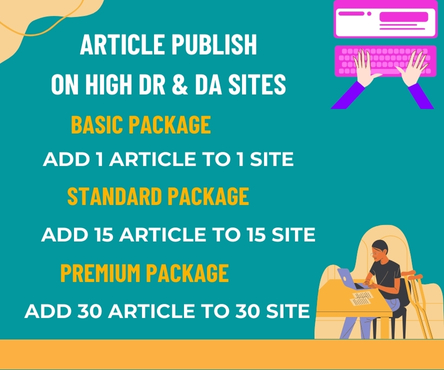In today’s rapidly evolving digital landscape, inclusivity in entertainment has become a crucial focus. Technology plays a pivotal role in making media accessible to diverse audiences, ensuring that everyone, regardless of their abilities, can enjoy and engage with content.
One of the most significant advancements in this area is the implementation of closed captioning and audio descriptions. These features not only cater to individuals with hearing and visual impairments but also enhance the viewing experience for all users. dj hochzeit oldenburg
The Role of Closed Captioning
- Accessibility for the Deaf and Hard of Hearing: Closed captions provide a textual representation of spoken dialogue and important sound effects, allowing individuals with hearing loss to follow along with the content.
- Improved Comprehension: Research indicates that captions can aid in understanding complex language and improve retention of information, making content more accessible to a broader audience, including non-native speakers and those with learning disabilities.
- Legal Compliance: Many organizations are now required to provide closed captions under various laws, including the Americans with Disabilities Act (ADA) and the 21st Century Communications and Video Accessibility Act (CVAA). Non-compliance can lead to significant legal repercussions.
Audio Descriptions for the Visually Impaired
- Enhancing Visual Content: Audio descriptions narrate visual elements of a program, such as actions, settings, and scene changes, allowing visually impaired viewers to fully engage with the content.
- Broader Audience Reach: By incorporating audio descriptions, content creators can attract a wider audience, ensuring that everyone can enjoy their media offerings.
Technological Innovations Driving Inclusivity
- AI and Machine Learning: Advances in artificial intelligence are streamlining the process of creating captions and audio descriptions, making it easier for content creators to comply with accessibility standards.
- User -Friendly Platforms: Streaming services like Netflix and Amazon Prime are leading the way by integrating accessibility features directly into their platforms, allowing users to customize their viewing experience according to their needs.
- Community Engagement: Many organizations are actively seeking feedback from individuals with disabilities to improve their accessibility features, fostering a more inclusive environment.
The Importance of Advocacy and Awareness
- Raising Awareness: Advocacy groups play a vital role in promoting the importance of accessibility in entertainment. They work to educate content creators and consumers about the benefits of inclusive media.
- Continuous Improvement: As technology evolves, so do the standards for accessibility. Ongoing advocacy ensures that the needs of all users are considered in the development of new media technologies.
Conclusion
Inclusivity in entertainment is not just a moral obligation; it is a necessity in our diverse society. By leveraging technology to make media accessible, we can create a more inclusive environment where everyone has the opportunity to enjoy and engage with content. As we continue to innovate and advocate for accessibility, the entertainment industry can lead the way in fostering a culture of inclusivity for all.

